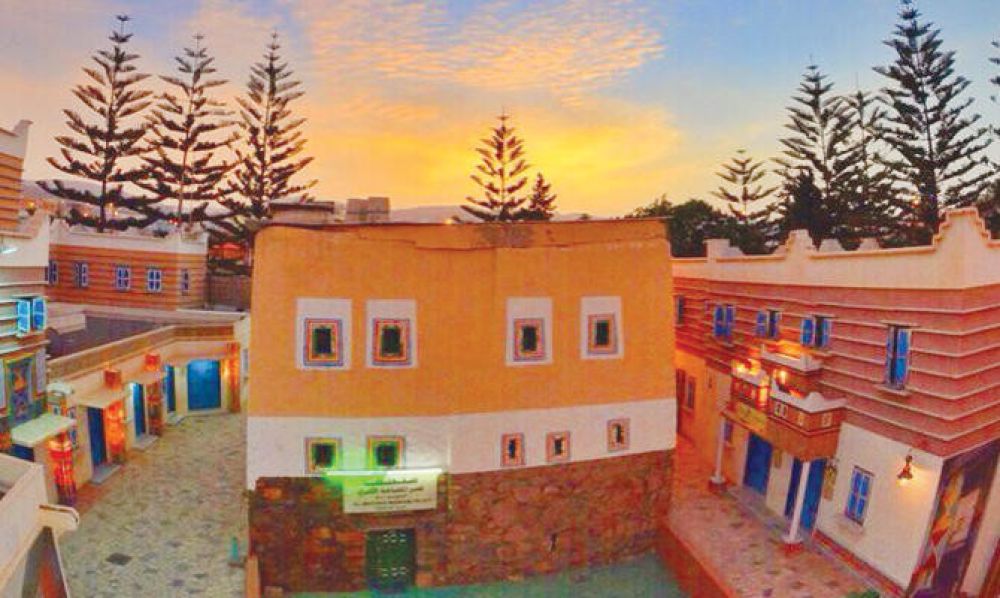

Nestled in the misty mountains of Saudi Arabia's Asir Province, AlMuftaha Village is a historical treasure trove that has recently blossomed into a popular tourist destination. The village has undergone significant changes over the years, with tourism playing an increasingly pivotal role in its development and recognition.
Once a sleepy village, AlMuftaha's history of tourism is relatively recent compared to other historical sites in Saudi Arabia. The village's transformation began earnestly in the 1990s when the Saudi government started to recognize the potential of historical and cultural tourism as part of their economic diversification plans.
With the launch of the Asir Development Authority, investment in AlMuftaha increased, leading to the restoration of its traditional mud-brick structures and the development of cultural centers. The introduction of the Abha Cultural Festival brought AlMuftaha Village into the limelight, showcasing its unique architecture, art, and way of life to visitors from around the kingdom and beyond.
The recent push by the Saudi government towards enhancing tourism, under its Vision 2030 initiative, has further bolstered AlMuftaha Village's status as a cultural hub. Efforts to promote AlMuftaha Art Village, a section of the area dedicated to art and crafts, have increased visitors' interest in the local culture and traditions.
Recognizing the importance of tourism for economic growth and international exchange, the village now hosts several art studios, galleries, and cafes. These venues offer a blend of traditional and modern experiences, catering to both domestic and international tourists' evolving tastes.
In line with global tourism trends, AlMuftaha Village today promotes sustainable and responsible tourism practices. Visitors are encouraged to engage with the local community in a respectful manner, preserving the natural and historical integrity of the village.
The latest trend of experience-based tourism is also evident in AlMuftaha. Tour operators now offer immersive experiences such as traditional Asiri art workshops, cultural walking tours, and local cuisine tastings. This hands-on approach to tourism allows guests to gain an in-depth understanding of the region's heritage and contributes to the preservation of its unique identity.
Despite its recent emergence on the tourism scene, AlMuftaha Village in Abha has rapidly become a symbol of Saudi Arabia's commitment to preserving and celebrating its cultural heritage. With continued support and sustainable tourism practices, the village is well-poised to remain a significant part of the kingdom's tourism narrative for years to come.